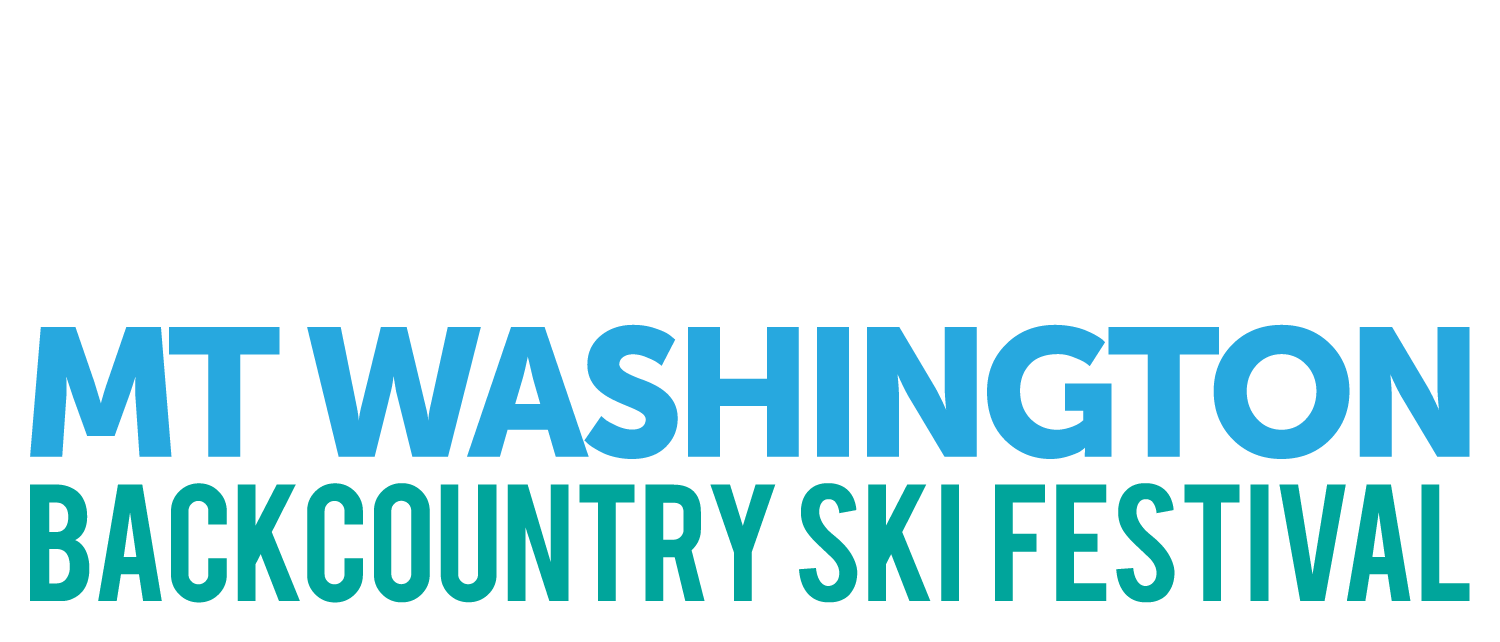
Gear up.
The right gear makes all the difference.
gear list
Gear List!
The amount and type of gear will vary by personal preferences and needs, but this is a standard gear list that should work for most one day backcountry trips in the White Mountains. Some courses will have other gear needs, please see the course descriptions or contact us if you have questions.
Equipment
Alpine touring skis or telemark skis or splitboard with skins.
Adjustable poles (backcountry specific poles are best, but alpine poles are ok).
Comfortable boots (compatible w/ your ski or splitboard setup) with a walk mode, preferably boots specifically designed for backcountry.
Backpack. This should ideally be designed for backcountry skiing/riding and in the size range of 30-45+ liters depending on your personal gear needs and course.
Helmet, can be a dedicated ski helmet or ski mountaineering helmet.
Goggles and sunglasses.
Headlamp, fully charged or with fresh batteries. Consider a smaller emergency headlamp or extra batteries if expecting to be out for an extended day.
Sunscreen* and lip balm. *Very important, don't forget this, even if it's cloudy.
Clothing
Hard shell (windproof, waterproof or water-resistant, breathable) pants/bibs and jacket.
Synthetic or down "puffy" coat (should fit over shell jacket).
Insulating top layer (fleece, light down or synthetic).
Light insulating bottom layer (fleece, synthetic, or wool).
Medium weight top (synthetic or wool).
Long underwear top and bottom (synthetic or wool).
Hats (one warm and another lightweight).
Balaclava or neck warmer.
1 pair lightweight gloves for approach (plus additional pair as backup).
1 pair warm waterproof gloves or mitts (a backup pair wouldn't be a bad idea).
2 pair wool or synthetic socks.
Chemical heat packs for hands and/or feet (these are optional, but a couple of them for hands are a good idea).
Food & Water
2 one liter bottles of water. Consider a hot drink (tea w/ honey) in a thermos for cold mid winter conditions.
Lunch and snacks for each day, including snacks that are easy to eat on the go.
Optional
Phone, it's often good to switch into "Airplane Mode" or turn off to save the battery for when you need it.
Repair kit for your ski/board setup.
Camera.
GPS device (watch or other device of choice).
First aid kit with blister kit.
Map of the White Mountains or Mount Washington or specialized areas.
Compass.
Specialized Gear.
Voile straps.
Avalanche Safety Equipment
This gear is required unless your course is labeled "w/ No Avalanche Terrain."
Transceiver with fresh batteries.
Shovel (designed for avalanche rescue).
Probe.
Technical Equipment
More advanced courses such as Advanced Backcountry and White Mountain Exploration require crampons and an ice axe.
The Ski Mountaineering courses require crampons, ice axe, and some technical equipment. Synnott Mountain Guides will provide ropes and other protection/anchor equipment, but participants are encouraged to bring their own crampons, ice axe, and harness (w/ a belay device and a couple locking carabiners).
Splitboarding
Splitboarders in more advanced courses such as Advanced BIPOC, Splitboarding: Next Steps, Summit Pursuits, and the Ski Mountaineering courses should have split board crampons to facilitate skinning on steeper and/or hardpack terrain.
